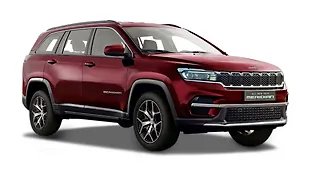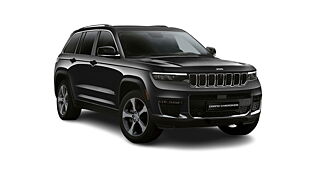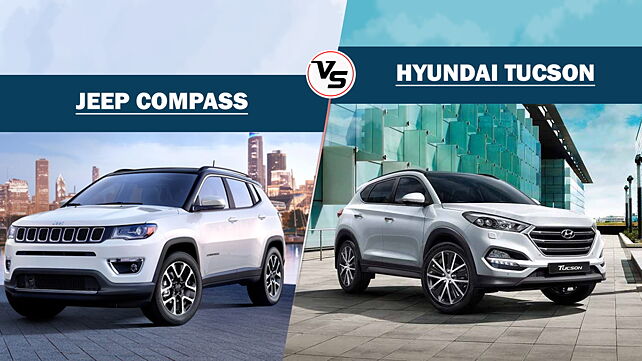
The SUV onslaught in the D-segment has taken off and everyone is coming in with new models. The latest to join the bandwagon is Fiat’s famous SUV brand Jeep with their new model the Compass. Taking a top down approach, Jeep will now enter the lower segments of the market with this model and it is expected to be priced in the Rs 18 lakhs to Rs 25 lakhs price range which puts it squarely in competition with the Hyundai Tucson. The latter is also a five-seat SUV and is Hyundai’s answer to the SUV boom. We have already driven the Jeep Compass.
Exterior
On the face of it, the obvious thing to decipher is that these are two different approaches to the design of the vehicle. The Hyundai Tucson with its fancy American name is a crossover in every sense while the Jeep Compass with its American origins embodies all the traditional SUV traits.
In this current generation, the face of the Tucson is dominated by the large chrome grille while the side profile is one of a heavy front overhang and forward sloping roofline. The rear is a bit more subtle but gets a high stance, multiple badges and those Hyundai defining wrap around tail lamps.
Surprisingly while the Compass maybe a different approach; it’s got the same elements as the Tucson that gives the SUV its distinct image. The face gets the famous seven-slat Jeep grille and distinct head lamps while the side profile is unique thanks to the square wheel arches and forward sloping roofline. Finally, at the back, it’s a pair of small ‘axe-head’ shaped tail lamps as well as a chunky bumper which lend some muscle to the overall look. The compass has a minimal number badges as compared to the Tucson.
Interior
The duo in this competition are both five-seat machines and serve as high riding alternatives to the sedans that once dominated this part of the market. Given their positioning, both cars get climate control, leather seats, touch screen infotainment systems with Apple/Android Auto, rear AC vents and decent boot space to swallow a whole load of luggage. In terms of pure visual appeal, the Tucson’s cabin does look more premium thanks to extended use of chrome and glossy plastics.
Moving on to the numbers, we can see that the Tucson is longer than the Compass and thus has a larger wheelbase creating more room for passengers inside.
Performance
When launched in India, the Compass will be offered with one petrol and diesel engine. The former is the 1.4-litre four-cylinder unit producing 160bhp/250Nm while the diesel is a 2.0-litre motor producing 170bhp/350Nm. The petrol unit can be had with a seven-speed AT or a six-speed MT while the diesel at the time of the launch will only be offered with the six-speed manual. Given its mud plugging origins, the Jeep in a few specified variants will be offered with all-wheel drive a.k.a Jeep Active Drive system.
The Tucson is offered with a 2.0-litre petrol and diesel motor. The former is good for 153bhp/192Nm while the oil burner produces 182bhp/400Nm. A six-speed manual and AT is common for both engine options, but there is no
AWD for the range.
The Jeep’s petrol motor produces a higher torque figure but the diesel in the Tucson is quite a bit more powerful both in terms of bhp and torque. Given the higher prominence of diesels when it comes to SUVs, the Tucson will have an initial mover advantage over the Compass due to the Jeep model lacking a diesel AT.
Conclusion
Two SUVs and two approaches catering to the same audience and that is the essence of what is going on here. What will complete this picture will be a price for the Compass. It has got a high level of localisation (65 per cent to be precise) and this should help keep costs in check. We expect a range of Rs 18 lakh to Rs 25 lakh and if it lands up there across all five variants, then Fiat and Jeep have a winner on their hands!

![Jeep Compass [2017-2021] Image Jeep Compass [2017-2021] Image](https://imgd.aeplcdn.com/272x153/cw/ec/25107/Jeep-Compass-Exterior-103917.jpg?wm=0&q=80)

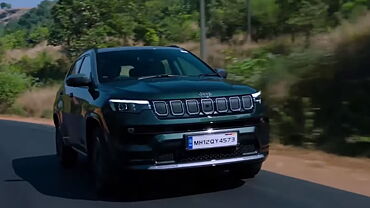








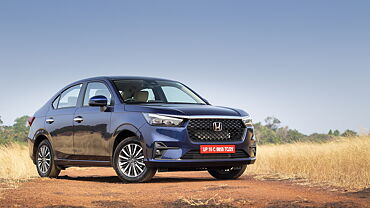
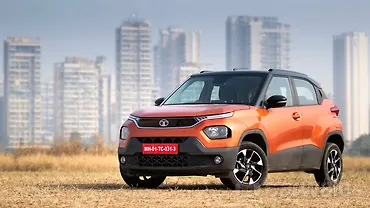
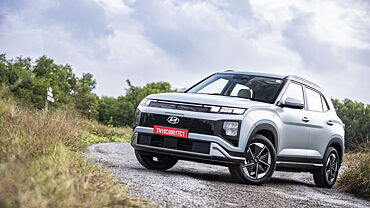
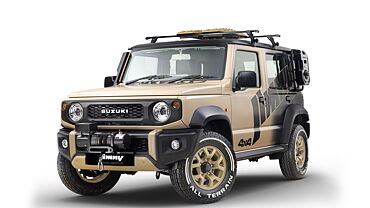
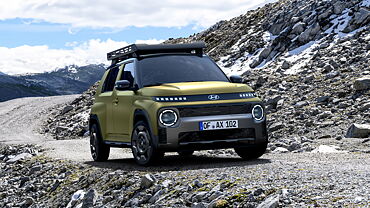
![Jeep Compass [2017-2021] Exterior Jeep Compass [2017-2021] Exterior](https://imgd.aeplcdn.com/199x112/cw/ec/25107/Jeep-Compass-Exterior-103917.jpg?v=201711021421&q=80)
![Jeep Compass [2017-2021] Right Front Three Quarter Jeep Compass [2017-2021] Right Front Three Quarter](https://imgd.aeplcdn.com/199x112/n/cw/ec/25107/compass-exterior-right-front-three-quarter.jpeg?q=80)
![Jeep Compass [2017-2021] Right Side View Jeep Compass [2017-2021] Right Side View](https://imgd.aeplcdn.com/199x112/n/cw/ec/25107/compass-exterior-right-side-view.jpeg?q=80)
![Jeep Compass [2017-2021] Dashboard Jeep Compass [2017-2021] Dashboard](https://imgd.aeplcdn.com/199x112/n/cw/ec/25107/compass-interior-dashboard-2.jpeg?q=80)
![Jeep Compass [2017-2021] Steering Wheel Jeep Compass [2017-2021] Steering Wheel](https://imgd.aeplcdn.com/468x263/n/cw/ec/25107/compass-interior-steering-wheel.jpeg?q=80)


























